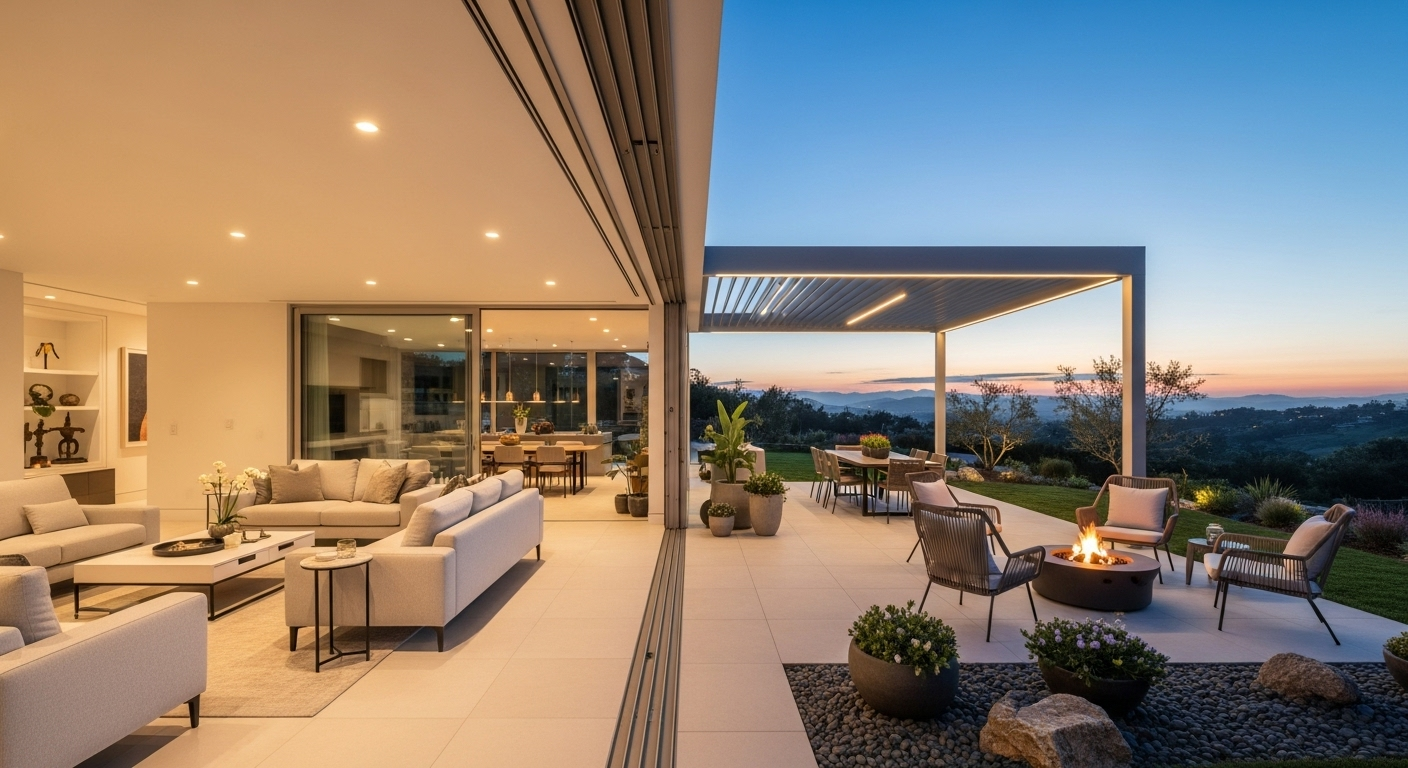Water-Smart Landscaping Strategies for Varied Climates
Water-smart landscaping adapts plant selection, soil care, and water delivery to local climate conditions to conserve resources while supporting healthy gardens and outdoor spaces. This approach uses efficient irrigation, mulching, composting, rainwater capture, and careful hardscaping to reduce demand on potable water and build resilience for both ornamental and edible plantings.

Water-smart landscaping adapts plant selection, soil care, and water delivery to local climate conditions to conserve resources while supporting healthy gardens and outdoor spaces. This approach uses efficient irrigation, mulching, composting, rainwater capture, and careful hardscaping to reduce demand on potable water and build resilience for both ornamental and edible plantings.
What irrigation strategies fit different climates?
Match irrigation methods to plant needs and regional conditions to reduce waste. Drip irrigation and soaker hoses deliver water directly to root zones, limiting evaporation in arid and Mediterranean climates. Smart controllers and soil moisture sensors cut unnecessary cycles by responding to rainfall and soil moisture. In cooler or humid zones, less frequent deep watering promotes strong roots, while hot summers benefit from early-morning watering and mulched surfaces to reduce surface evaporation.
Can xeriscaping and sustainability be adapted widely?
Xeriscaping emphasizes drought-tolerant species, efficient irrigation, and design that reduces lawn area—not a single aesthetic. In dry regions, native shrubs, succulents, and gravel mulches minimize irrigation needs. In temperate or humid climates, the same principles—grouping plants by water needs and reducing turf—can lower water use and maintenance. Sustainability is supported by using local plant palettes, conserving existing mature trees, and prioritizing biodiversity to create resilient landscapes across many climate types.
How does mulching and composting improve soil health?
Mulching reduces evaporation, stabilizes soil temperature, and suppresses weeds, which together lower water demand. Organic mulches break down over time and contribute to improved soil structure and nutrient availability. Regular composting and incorporating compost into beds increases organic matter, improving water retention and drainage balance. Better soil health means plants are more drought-tolerant and less prone to stress, reducing the need for extra irrigation and chemical inputs over time.
Which perennials, edibles, and planters are climate-smart?
Choose perennials and edible species suited to local hardiness and moisture regimes. Native perennials typically require less supplemental irrigation and support local pollinators. For edibles, group vegetables and herbs with similar water needs and use raised beds or planters with well-draining, compost-amended mixes to optimize moisture and fertility. Containers dry out faster, so use larger planters, water-retentive mixes, and mulches to steady moisture levels and reduce frequency of watering.
How does hardscaping and lighting reduce water use?
Hardscaping—patios, permeable paths, terraces, and raised beds—can decrease turf area and direct water toward planted zones. Permeable paving allows infiltration, reducing runoff and making rainwater capture more effective. Thoughtful placement of hardscape elements can create microclimates that reduce evaporation. Low-voltage or solar lighting with shields and timers minimizes light pollution and energy use while avoiding heat buildup that can raise evaporation near plantings.
What pest management practices protect water-smart gardens?
Integrated pest management (IPM) emphasizes prevention, monitoring, and targeted interventions rather than routine pesticide use. Healthy soils and diverse plantings support beneficial insects and natural controls, lowering pest pressure that can otherwise stress plants and increase water demand. Use crop rotation for edibles, encourage predators like ladybugs, and remove diseased material to limit spread. When interventions are needed, select targeted, low-toxicity options and apply them during calm conditions to avoid off-target impacts.
Water-smart landscaping is a systems approach that combines plant selection, soil improvement, efficient irrigation, and design to suit local climates. Techniques like xeriscaping, mulching, composting, rainwater capture, and strategic hardscaping help conserve water while supporting productive edibles and resilient perennials. Prioritizing soil health and integrated pest management further reduces inputs and improves long-term plant performance. Adapting these strategies to your specific microclimate and local services will create landscapes that are both water-efficient and attractive.





